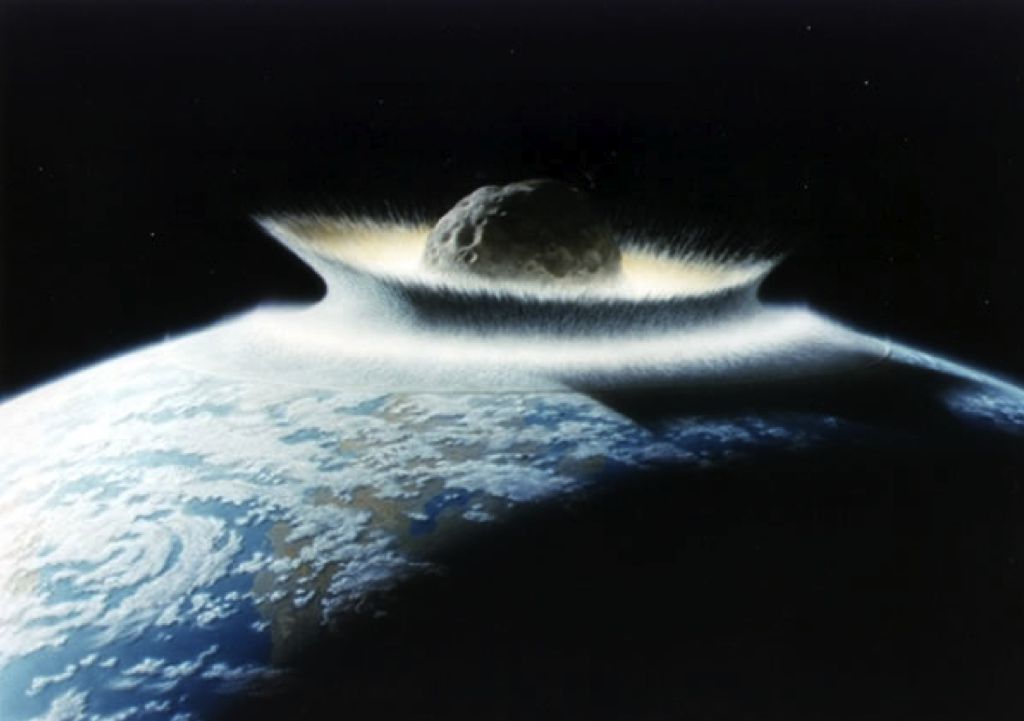You are a dinosaur astronomer about to encounter a sequence of big and small meteorites. If you see a big meteorite, you and your whole kin die. So far you have seen *n* small meteorites. What is your best guess as to the probability that you will next see a big meteorite?<br><br>
In this example, there is an [anthropic effect going on](https://forum.effectivealtruism.org/topics/anthropic-shadow). Your attempt to estimate the frequency of big meteorites is made difficult by the fact that when you see a big meteorite, you immediately die. Or, in other words, no matter what the frequency of big meteorites is, conditional on you still being alive, you'd expect to only have seen small meteorites so far. For instance, if you had reason to believe that around 90% of meteorites are big, you'd still expect to only have seen small meteorites so far.
This makes it difficult to update in the face of historical observations.
### Updating after observing latent variables
Now you go to outer space, and you observe the mechanism that is causing these meteorites. You see that they are produced by Dinosaur Extinction Simulation Society Inc., that the manual mentions that it will next produce a big asteroid and hurl it at you, and that there is a big crowd gathered to see a meteorite hit your Earth. Then your probability of getting hit rises, regardless of the historical frequency of small meteorites and the lack of any big ones.
Or conversely, you observe that most meteorites come from some cloud of debris in space that is made of small asteroids, and through observation of other solar systems you conclude that large meteorites almost never happen. And for good measure you build a giant space laser to incercept anything that comes your way. Then your probability of of getting hit with a large meteorite lowers, regardless of the anthropic effects.
The core point is that in the presence of anthropic effects, you can still reason and receive evidence about the latent variables and mechanistic factors which affect those anthropic effects.
### What latent variables might look like in practice
Here are some examples of "latent variables" in the real world:
- Institutional competence
- The degree of epistemic competence and virtue which people who warn of existential risk display
- The degree of plausibility of the various steps towards existential risk
- The robustness of the preventative measures in place
- etc.
### In conclusion
In conclusion, you can still update in the face of anthropic effects by observing latent variables and mechanistic effects. As a result, it's not the case that you can't have forecasting questions or bets that are informative about existential risk, because you can make those questions and bets about the latent variables and early steps in the mechanistic chance. I think that this point is both in-hindsight-obvious, and also pretty key to thinking clearly about anthropic effects.
<p>
<sectionid='isso-thread'>
<noscript>Javascript needs to be activated to view comments.</noscript>